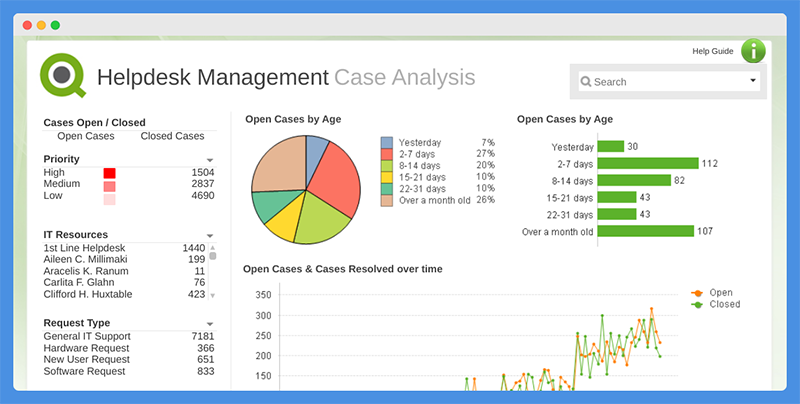Personal Career & Learning Guide for Data Analyst, Data Engineer and Data Scientist
As a data analyst, you need the right tools and technologies to help you quickly analyze and make sense of large amounts of data. One of the most popular data visualization and business intelligence tools is QlikView. In this article, we will take a closer look at one of the key features of QlikView – the Preceding Load.
What is Preceding Load?
Preceding Load is a method of loading data into QlikView where the data is loaded into a temporary table before it is loaded into the main document. This allows data analysts to perform transformations and manipulations on the data before it is loaded into the document. The transformed data is then loaded into the document for further analysis.
Why use Preceding Load?
There are several reasons why data analysts use the Preceding Load method in QlikView:
- Data Transformation: With Preceding Load, data analysts can perform transformations and manipulations on the data before it is loaded into the document. This allows them to clean, format, and shape the data in a way that makes it easier to analyze.
- Improved Data Quality: By performing transformations on the data before it is loaded into the document, data analysts can ensure that the data is of high quality and ready to be used for analysis.
- Increased Efficiency: By performing transformations on the data before it is loaded into the document, data analysts can reduce the amount of time they spend cleaning and formatting the data, which increases their efficiency and productivity.
How to use Preceding Load in QlikView?
To use the Preceding Load method in QlikView, you will first need to load the data into a temporary table using the Data Load Editor. This can be done by using the Data Load Editor, which is a graphical user interface that allows you to specify the data source, select the data that you want to load, and specify how the data should be loaded.
Once the data is loaded into the temporary table, you can then use the script editor to perform transformations and manipulations on the data. The script editor is a powerful tool that allows you to write and execute scripts in QlikView.
Finally, you can use the script editor to load the transformed data into the main document. This is done by writing a script that specifies how the data should be loaded and stored in the document.
Conclusion
In conclusion, the Preceding Load method in QlikView is a powerful tool that can help data analysts quickly and easily analyze large amounts of data. By performing transformations and manipulations on the data before it is loaded into the document, data analysts can ensure that the data is of high quality and ready to be used for analysis. If you are a data analyst looking to get the most out of QlikView, it is well worth taking the time to learn how to use the Preceding Load method.
QlikView for Data Analyst – QlikView – Preceding Load
 Loading...
Loading...
Latest end-to-end Learn by Coding Projects (Jupyter Notebooks) in Python and R:
All Notebooks in One Bundle: Data Science Recipes and Examples in Python & R.
End-to-End Python Machine Learning Recipes & Examples.
End-to-End R Machine Learning Recipes & Examples.
Applied Statistics with R for Beginners and Business Professionals
Data Science and Machine Learning Projects in Python: Tabular Data Analytics
Data Science and Machine Learning Projects in R: Tabular Data Analytics
Python Machine Learning & Data Science Recipes: Learn by Coding
R Machine Learning & Data Science Recipes: Learn by Coding
Comparing Different Machine Learning Algorithms in Python for Classification (FREE)
There are 2000+ End-to-End Python & R Notebooks are available to build Professional Portfolio as a Data Scientist and/or Machine Learning Specialist. All Notebooks are only $29.95. We would like to request you to have a look at the website for FREE the end-to-end notebooks, and then decide whether you would like to purchase or not.
